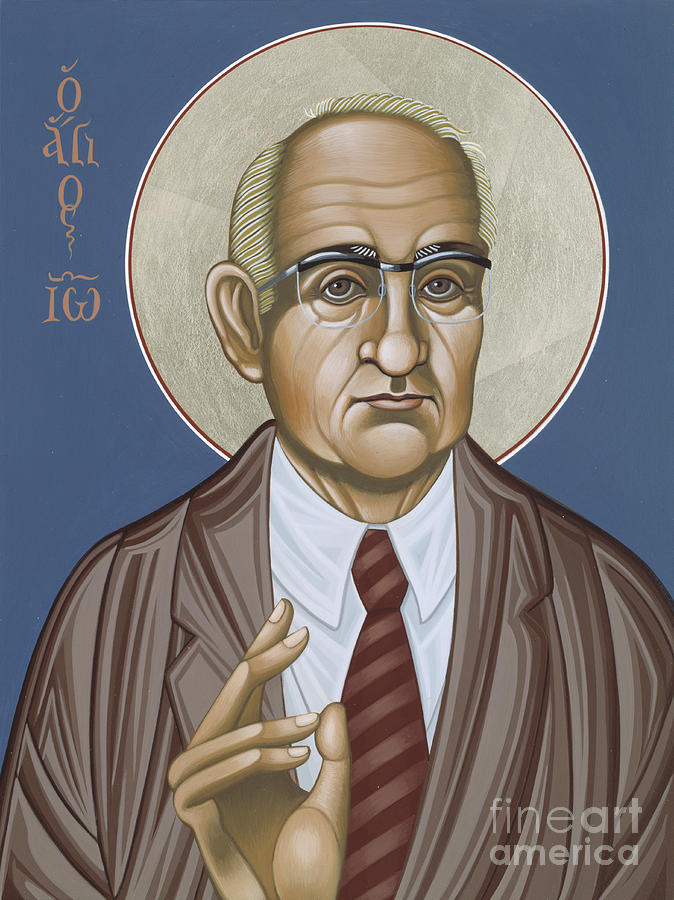




Teachers behaved as though man knew from the outset, before he had been given revelation, knew with some sort of finality what truth, goodness, being, light, love, and faith were. In recounting his experience he later wrote: His time in Jesuit formation saw him studying theology mostly from neo-thomistic manuals which was, in his recollection, a particularly trying a time for him. In 1929, at age twenty-four, Balthasar entered the Society of Jesus (Jesuits) after submitting his doctoral thesis. This literary and artistic influence early in his life also served to inspire his option for Goethe over Kant, which was to significantly colour his theological output-becoming a significant point of distinction from his theological rival, the German Jesuit, Karl Rahner. This literary and artistic training was to serve his theological imagination in later years, such that for many of those involved in theology following him found literature as a locus theologicus. A man of considerable culture, he could have been a professional pianist. He sought to reinvigorate religious life and the role of the laity by reintegrating beauty and mysticism in theology.īorn on 12 August 1905 in Lucerne, Switzerland, to an incredibly gifted family of considerable wealth, Hans Urs von Balthasar is a luminary in the history of twentieth-century Catholic theology, and “widely regarded as the greatest Catholic theologian of the century.” He was educated firstly by Benedictine monks at the abbey school at Engelberg in central Switzerland, but prior to completing his secondary education, he was moved by his parents to the Stella Matutina College run by the Jesuits in Feldkirch, Austria.Īfter completing his high school education, he went on to study German literature and idealism, achieving a doctorate in this field. Hans Urs von Balthasar wanted to see the Church as missionary, and to reassert the beauty of the mystery at the heart of the Christian message.


 0 kommentar(er)
0 kommentar(er)
